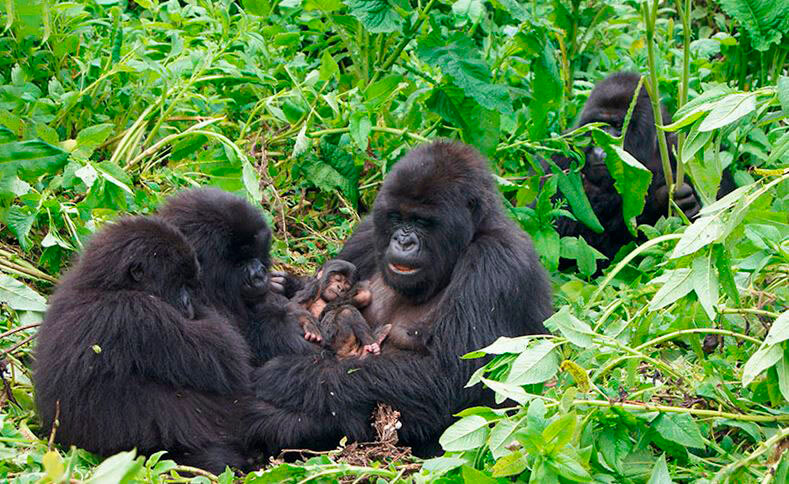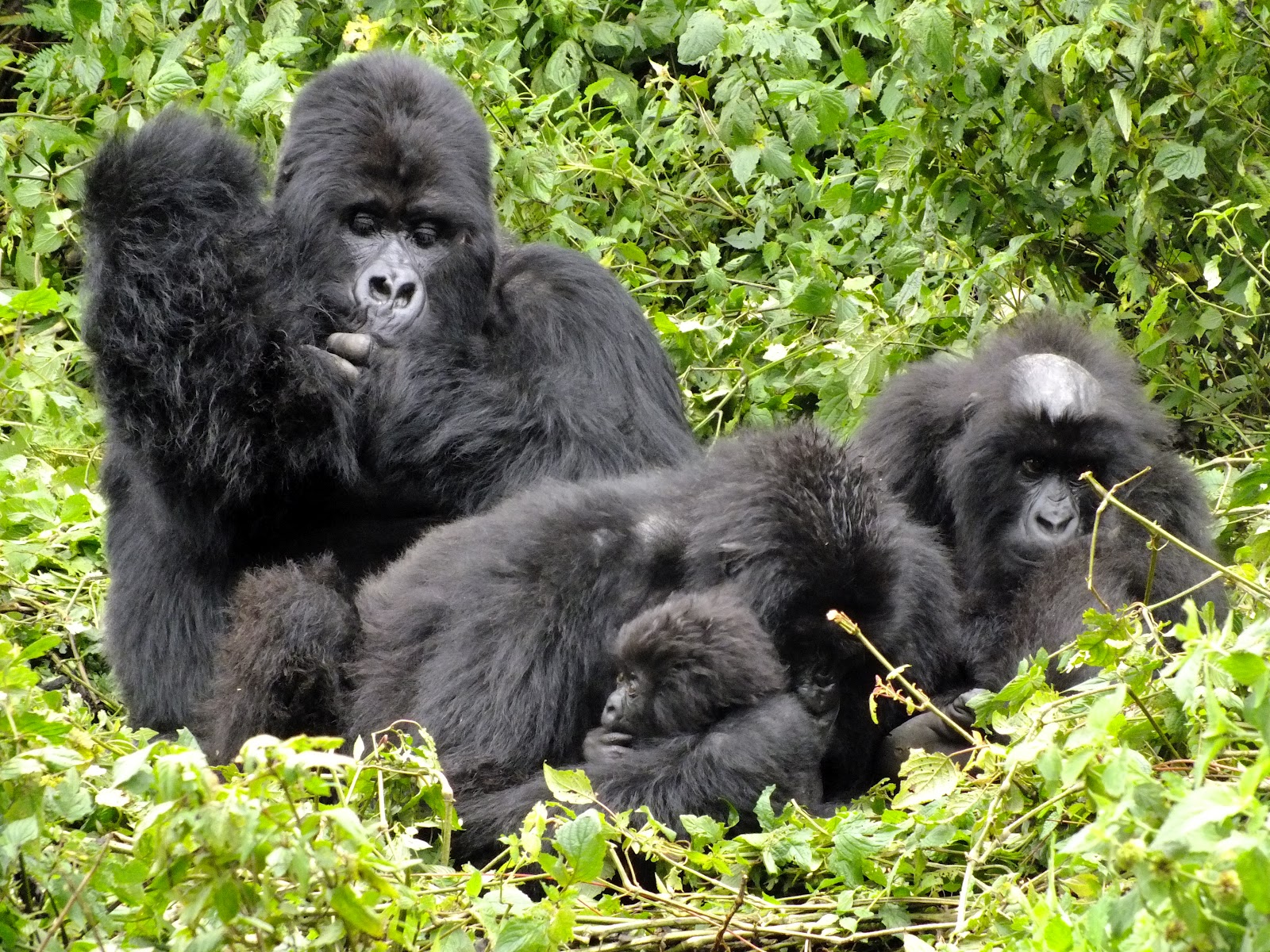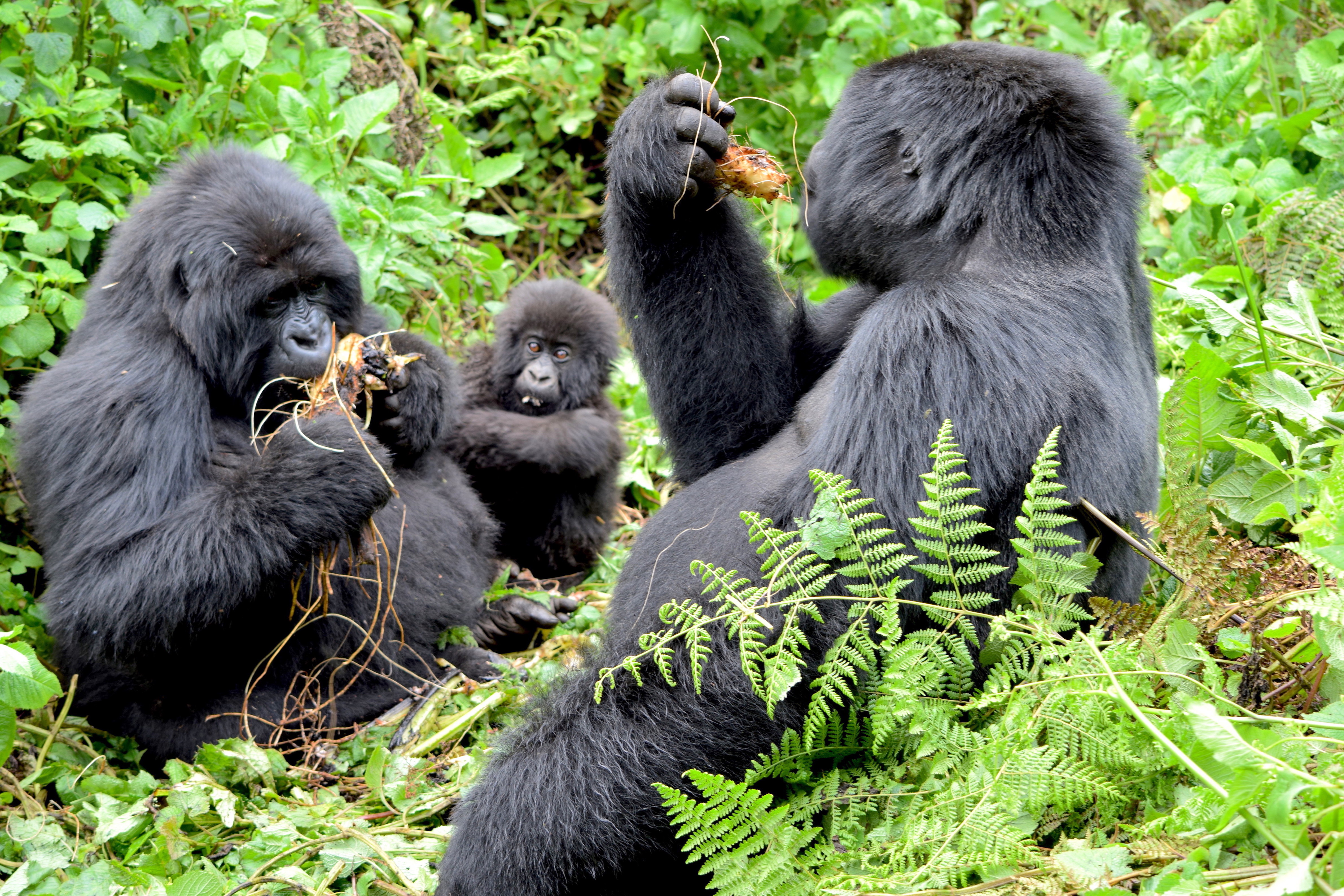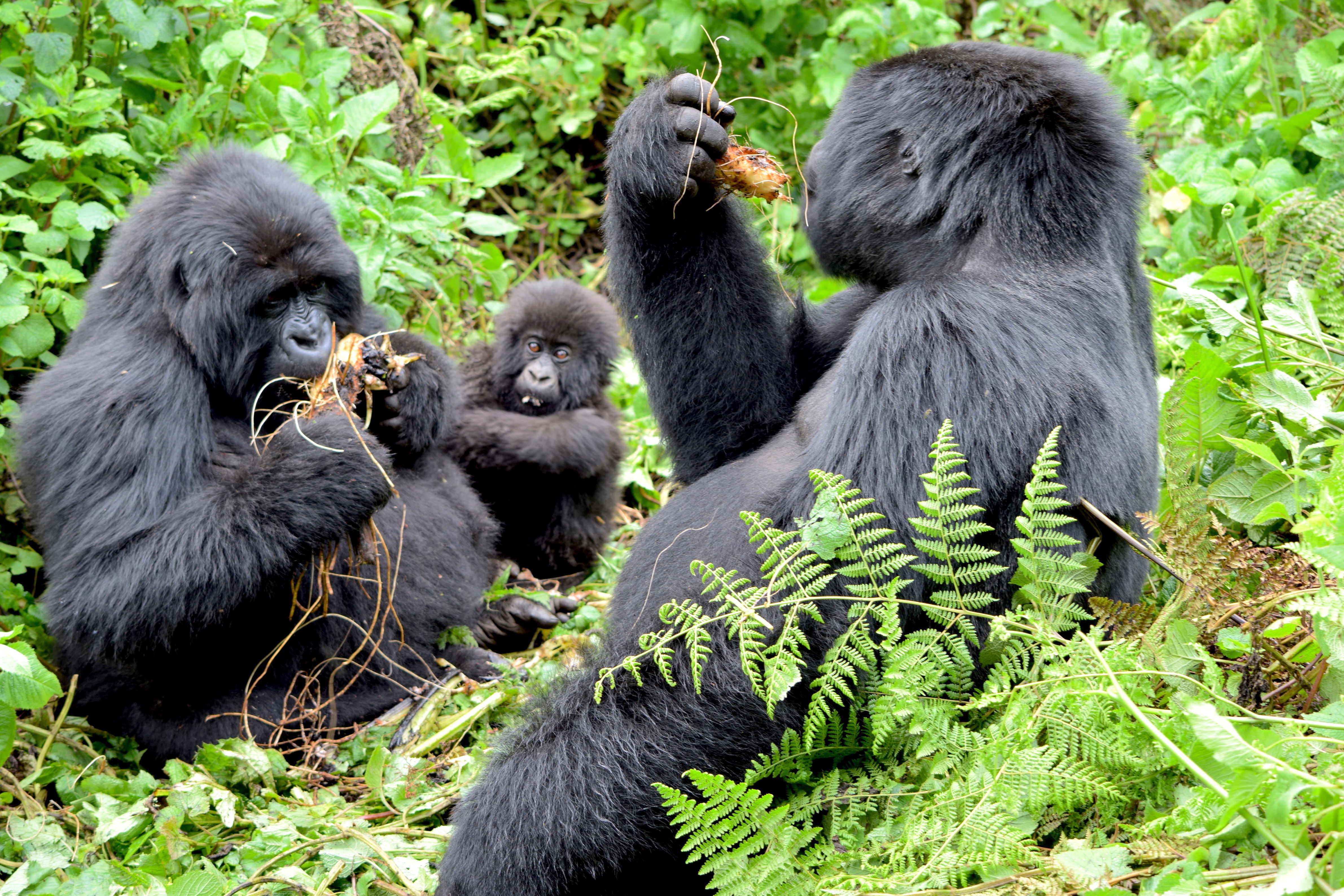Gorillas, one of our closest relatives in the animal kingdom, exhibit a fascinating array of behaviors and social structures that provide deep insights into their family life. From nurturing parenting practices to intricate social bonds and well-defined group hierarchies, gorilla family life is a testament to the complexity and richness of their social systems. This article delves into the nuances of their family dynamics, shedding light on how these remarkable creatures live and interact within their natural habitats.


Parenting Practices: Nurturing the Next Generation


Parenting in gorilla families is characterized by intense care and nurturing, particularly from the mother. Gorilla infants are born almost entirely dependent on their mothers, who provide constant attention, protection, and nourishment. For the first few months, infants are in nearly constant physical contact with their mothers, clinging to her fur and being carried everywhere.


Mothers play a crucial role in the early development of their offspring, teaching them essential survival skills such as foraging, grooming, and social interaction. The bond between mother and infant is vital, as it provides the young gorilla with a sense of security and foundation for future social relationships. Fathers, particularly dominant silverbacks, also contribute by protecting the family group and ensuring a safe environment for the young to grow and learn.


Social Bonds: The Glue of Gorilla Society
Social bonds are the cornerstone of gorilla family life. These bonds are established and maintained through various activities such as grooming, playing, and vocal communication. Grooming is not only a hygienic practice but also a crucial social activity that reinforces relationships and hierarchies within the group. It reduces stress and fosters a sense of trust and solidarity among group members.
Play is another significant aspect of gorilla social life, especially among juveniles. Playful interactions help young gorillas develop physical skills, social awareness, and hierarchical understanding. These interactions are crucial for their cognitive development and for establishing their roles within the group as they mature.
Group Hierarchies: Structure and Order in Gorilla Troops
Gorilla groups, or troops, are structured hierarchically with a dominant silverback male at the top. The silverback is responsible for making decisions for the group, mediating conflicts, and protecting the troop from threats. This leadership role is earned through displays of strength, intelligence, and the ability to maintain group cohesion.
Beneath the silverback are other adult males (known as blackbacks), adult females, and their offspring. Each individual has a defined role, and the social structure is maintained through both implicit and explicit displays of dominance and submission. This hierarchical system ensures order within the group and enables efficient resource allocation and conflict resolution.
Family Dynamics: The Interplay of Roles and Relationships
The dynamics within a gorilla family are complex and fluid, influenced by various factors including age, sex, and individual personality. Females often form strong alliances with the dominant silverback and other females, which can influence their status within the group. These alliances are crucial for their reproductive success and the protection of their offspring.
Male gorillas, particularly younger ones, may challenge the dominant silverback for leadership or leave the group to form their own troops. These dynamics create a constantly evolving social structure that is both stable and adaptable, allowing gorillas to respond to environmental pressures and social changes.
Conclusion
The family life of gorillas is a rich tapestry of nurturing parenting practices, strong social bonds, and well-defined hierarchies. Understanding these dynamics provides invaluable insights into their behavior and social organization, highlighting the complexity of their interactions and the importance of social structures in their survival. As we continue to study and conserve these magnificent creatures, appreciating the intricacies of their family life will remain crucial for their protection and the preservation of their natural habitats.
